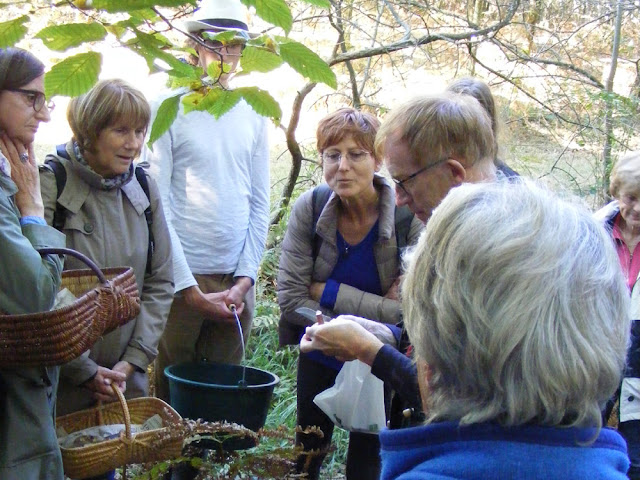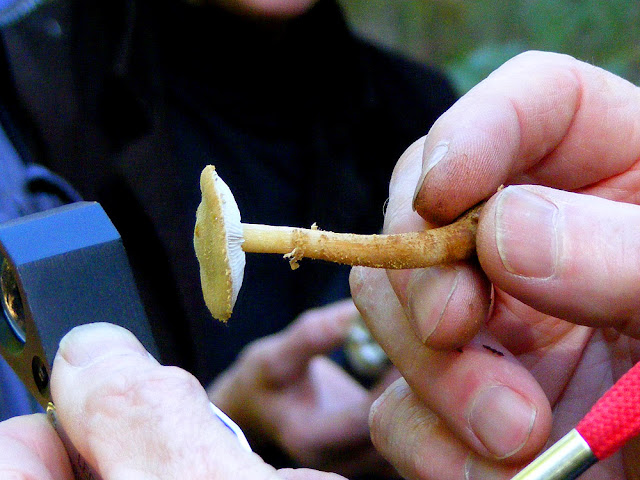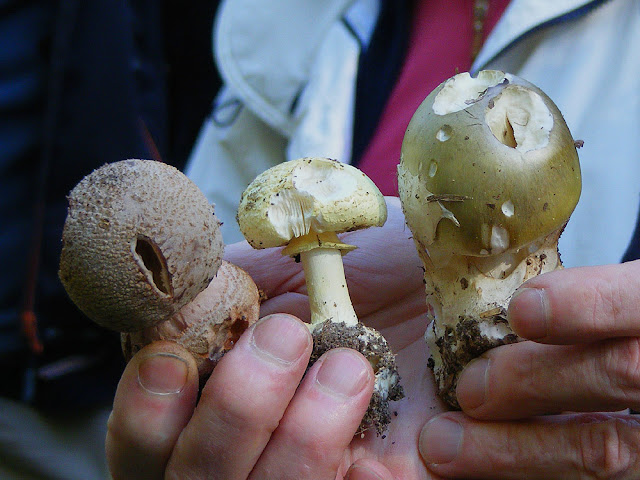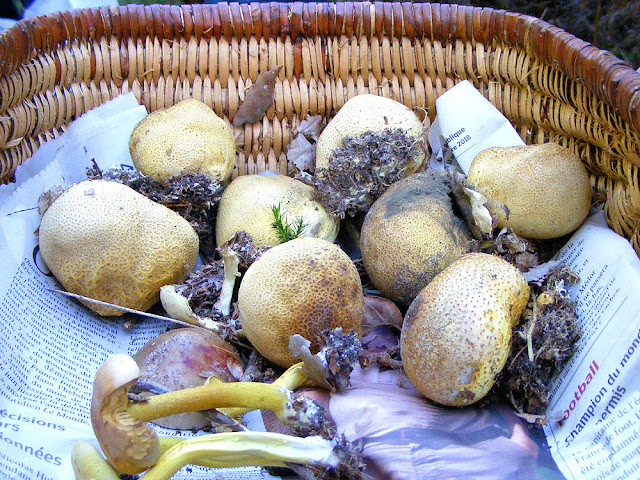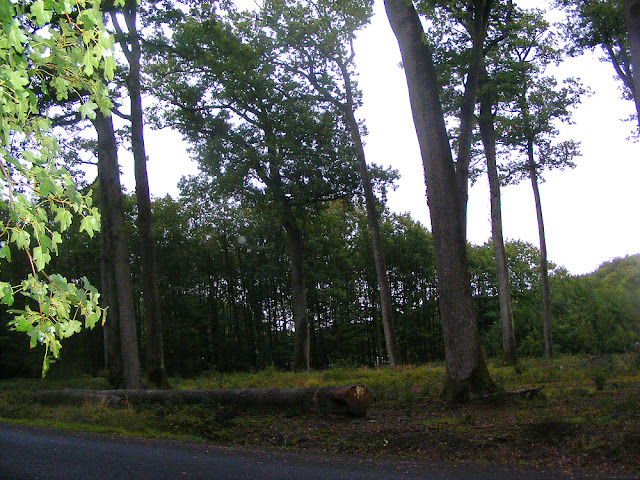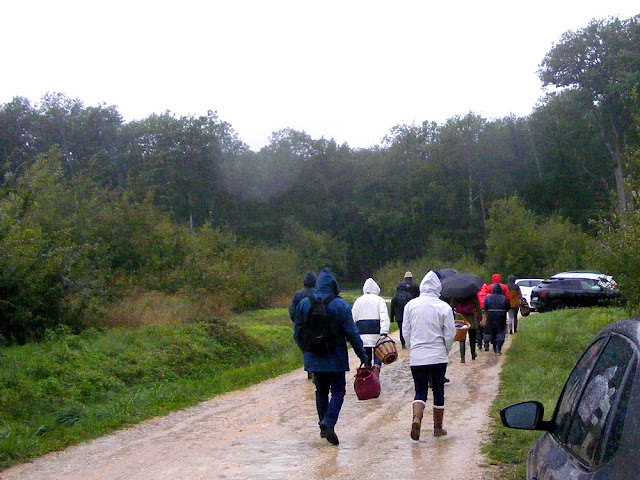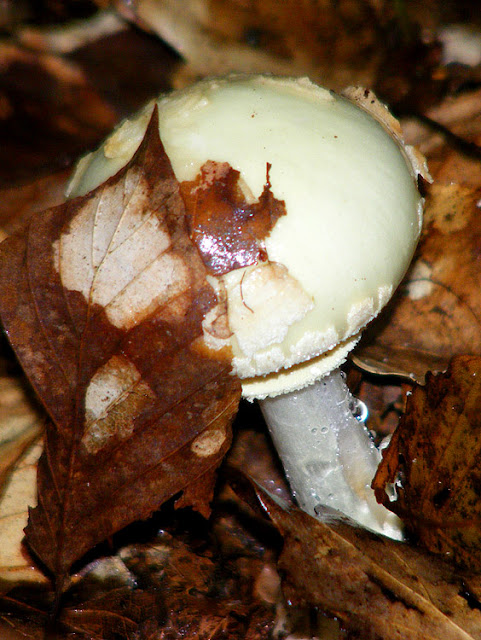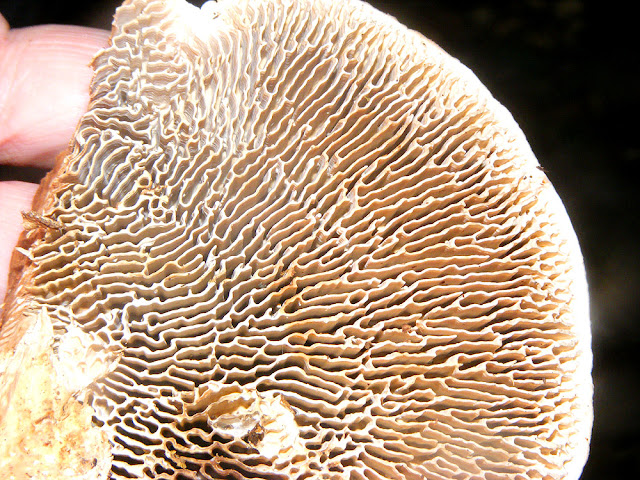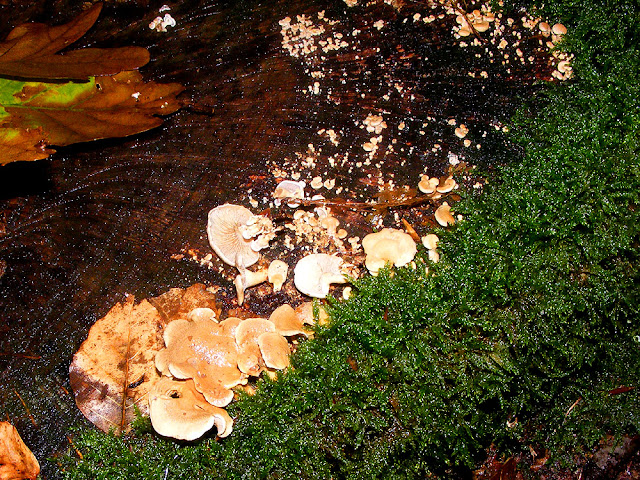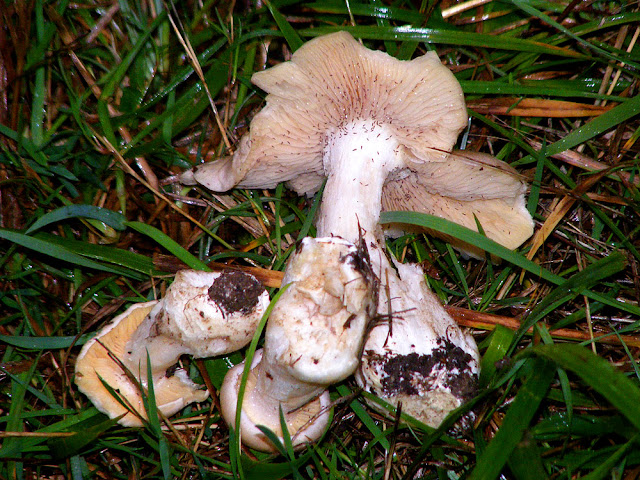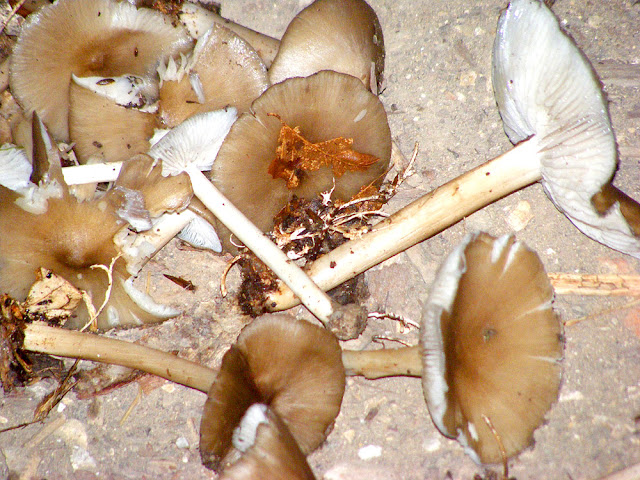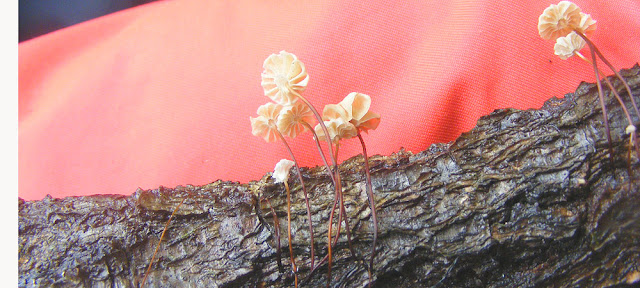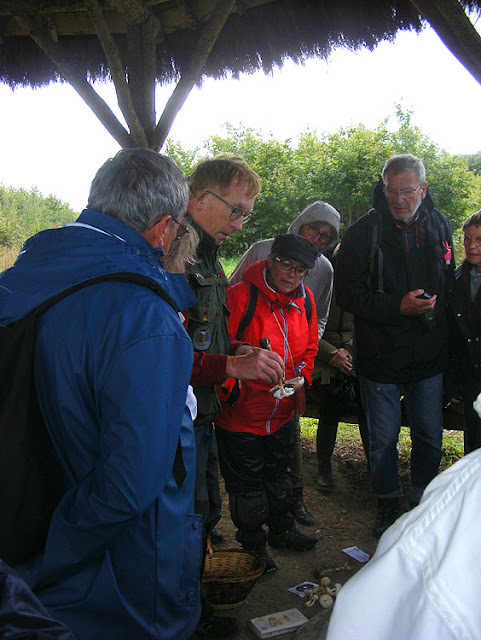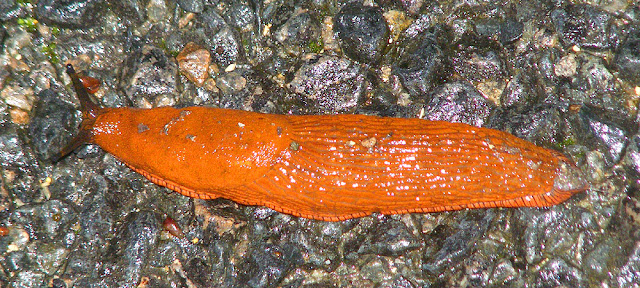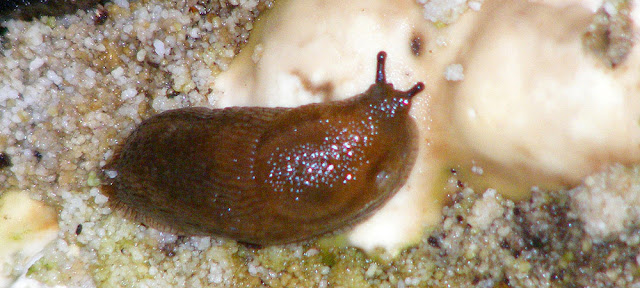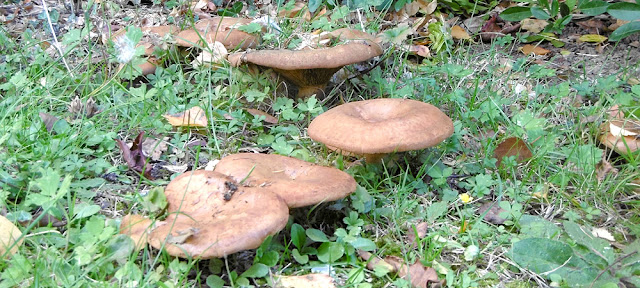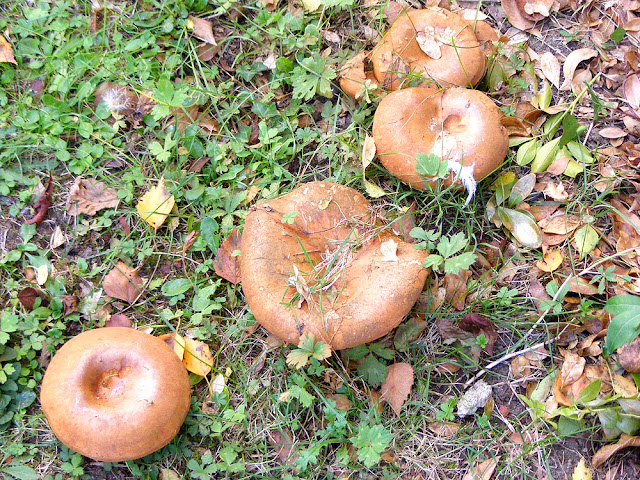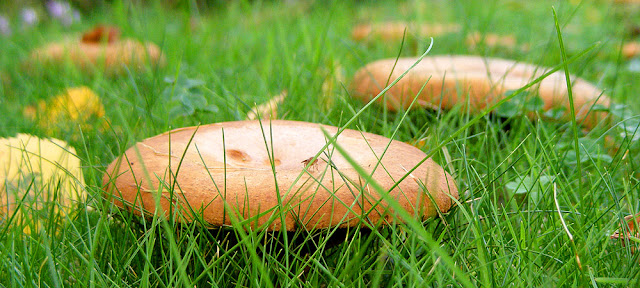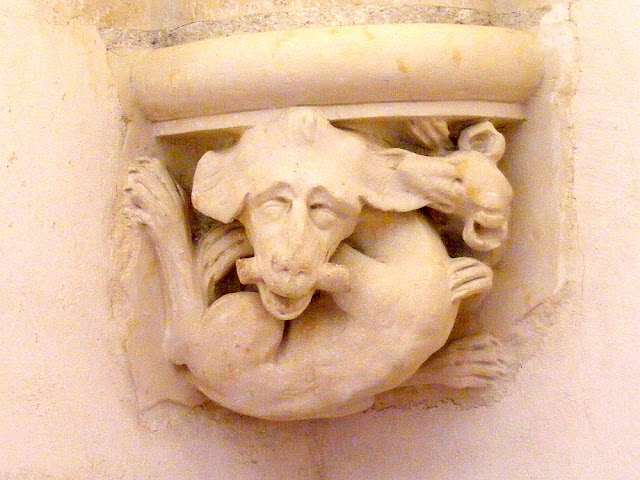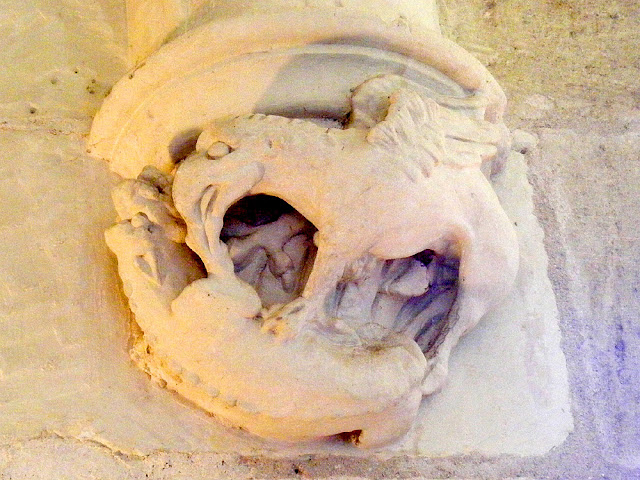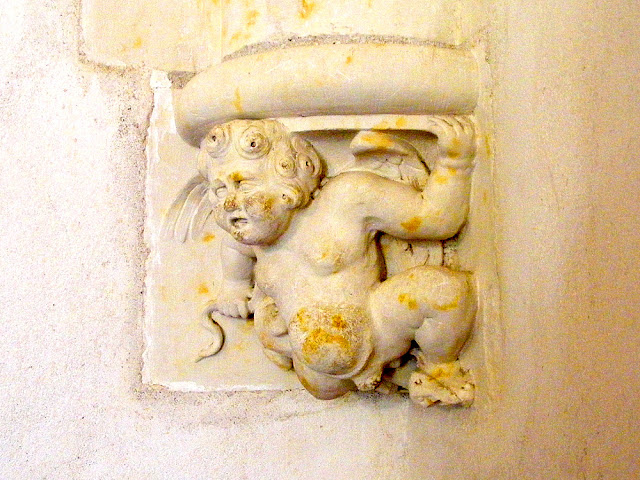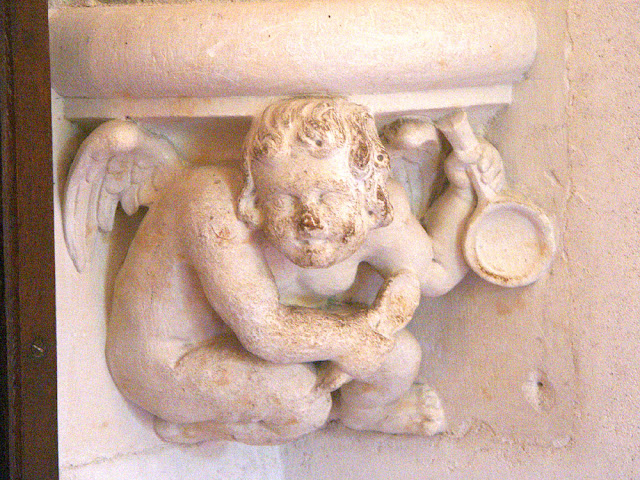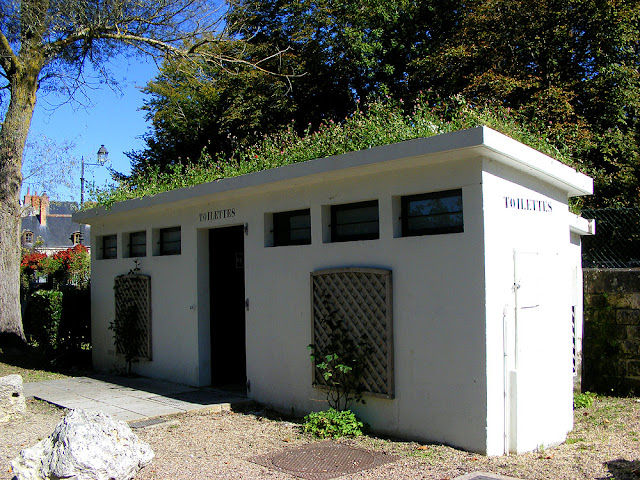There are 39 species of toxic mushrooms in France. Not many of them are lethal, but a few of them will leave you with sub-lethal effects that might make you wish you had died. The Brown Rollrim Paxillus involutus (Fr. Paxille enroulé) is one of these. What's scary is that they are abundant in the Loire Valley, in the autumn, under birch trees especially, and the species was not widely acknowledged as toxic until the 1980s, so there are still old field guides knocking about which list it as edible. Indeed, in rural areas of Eastern Europe it is still eaten by some people.
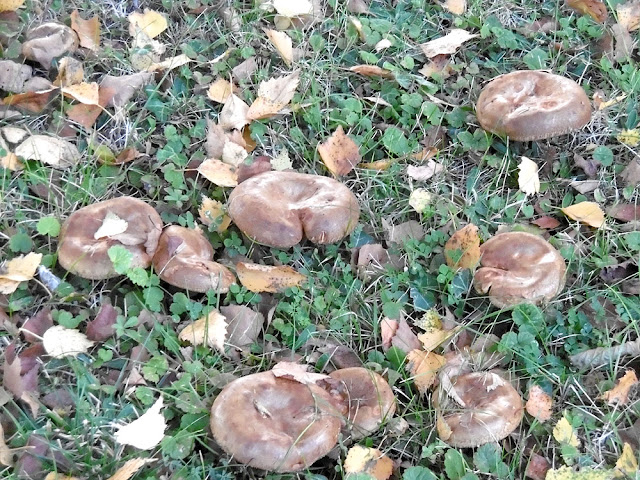
The problem is that it is not strictly toxic, but rather can produce an allergic reaction that only manifests itself some time after ingestion, or suddenly, immediately after ingestion despite having eaten the species without ill effect before, so the association is not always made. It can kill, but mostly leads to kidney damage. It seems that many people can eat them without ill effect once or twice, and the reaction occurs after the third or fourth time they are eaten. An as yet unidentified substance in the mushrooms causes your immune system to attack and destroy red blood cells, causing a lack of oxygen and glucose in the brain, acute renal failure and respiratory failure. It is not necessarily fatal and can be treated if you act quickly enough, but the condition is painful and will require dialysis.

It is a gilled mushroom, but is related to Boletes, which have pores and tubes not gills. I have heard of even experienced mushroom foragers not being careful enough and including Brown Rollrims in their basket of Boletes.
In France what alerted people to its toxicity was an incident where a group of soldiers on survival training died because they picked and ate mushrooms they had been told by instructors were safe.
The caps range from about 4 cm to 20 cm in diameter, convex when young but rapidly developing a central 'belly button'. Their principal and most unmistakable feature is a strongly rolled edge on the cap, especially when young. Once old they can develop a wavy edge. The cinnamon coloured cap feels similar to the nubuck or kid leather feel that Boletes have, and it goes slightly slimy or sticky when wet. The gills are decurrent ie they extend down the stem a bit. They are a pale ochre colour and the spores red ochre. They smell faintly pleasantly mushroomy.
They can be confused with certain Milkcaps such as the Ugly Milkcap Lactarius necator, but a quick check to see if they will exude 'milk' when their gills are scraped will sort that out. It could also be mistaken for a Funnel Clitocybe spp, but they have pale gills and spores. Some species of milkcaps and funnels are considered edible, but most are not.
They grow in the forest, along ditches and in lawns. These photos were taken in the front garden of some friends, where they have a colony of hundreds which come up every year.
Although it is a European species it has been accidentally introduced to Australia and other places, probably in the soil attached to imported trees.





